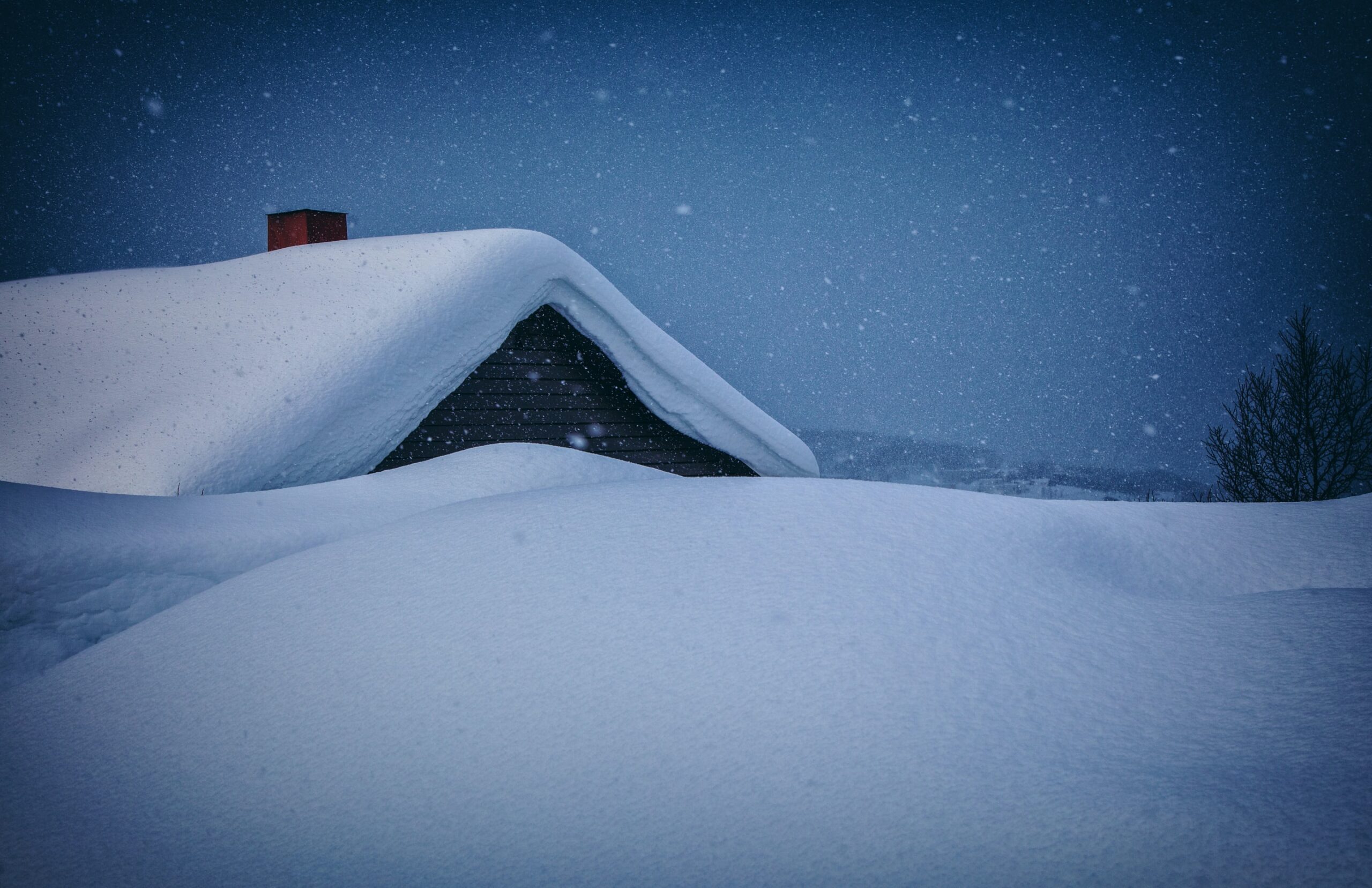How To Remove Snow From Solar Panels

Each year, more and more homeowners are installing solar panels to harness renewable energy for their homes. Whether it's to fully power their households or just to complement the electricity drawn from the national grid, solar panels are proving to be a smart financial and environmental choice.
Even during winter, solar panels can absorb sunlight and continue generating energy, but snowfall can pose a challenge. Accumulated snow can block sunlight, reducing the efficiency of the panels. Removing snow effectively can significantly boost their performance, but it's crucial to approach this task carefully to avoid damage or injury.
While snow rarely causes physical harm to solar panels—most are built to withstand significant weight—it’s essential to plan ahead. Installing panels at a steeper angle (around 45 degrees) encourages snow to slide off naturally. Additionally, positioning panels facing south maximizes exposure to sunlight, minimizing snow accumulation.
Understanding the UK Climate
You don’t usually need to stress about snow directly harming your panels. Most solar panels can handle loads equivalent to about three feet of snow, which is well beyond the usual UK winter conditions. Still, taking precautions during installation can save you trouble later on.
For instance, choosing the right angle and orientation for your panels can help prevent snow buildup. A steeper incline makes it easier for snow to fall off on its own, and a south-facing setup ensures more sunlight hits the panels, melting snow faster. These small adjustments can make a big difference over time.
Methods for Clearing Snow
Sometimes, the simplest solution is letting nature take its course—waiting for the snow to melt naturally. However, depending on where you live, this could mean missing out on valuable energy production and savings on utility bills. In such cases, you might want to explore other methods of snow removal, keeping safety in mind at all times.
One option is using warm water from a garden hose to spray the snow away. Be cautious, though: the water shouldn't be so cold that it freezes into ice, nor so hot that it damages the panels. Reaching high panels with a hose might also prove tricky, depending on your home’s height. It’s important to weigh the pros and cons before proceeding.
Prioritize Safety
If you prefer a hands-on approach, gently brushing the snow off with a soft foam brush is another option. Avoid using hard-bristled brushes, as they can scratch the surface of the panels. Standing on a roof to clear snow requires extra caution; ensure your footing is secure. If you're unsure, consider investing in an extendable tool or hiring a professional to do the job safely.
Get Creative
For a more playful method, especially if you have kids, tossing soft objects like foam balls at the panels can help dislodge snow. This approach might take longer, but it’s a fun way to involve everyone in the process. Just be mindful of what you throw—anything sharp or heavy could damage the panels.
Some modern solar panels come equipped with built-in heating systems that can melt snow as it accumulates. These systems typically draw power from the panels themselves or an external source, warming the panels enough to prevent snow from sticking. While effective, these systems aren’t foolproof—they can still become covered if too much snow falls at once.
Plan Ahead
Another preemptive measure is covering your panels with tarpaulins or fabric sheets before a snowstorm. Once the snow falls, you can remove both the cover and the snow together. However, be cautious when handling these materials, especially in windy or icy conditions. There’s always a risk of scratching or damaging the panels if not done carefully.
Chemicals like salt or solvents should generally be avoided when clearing snow from solar panels. These substances can degrade the materials used in the panels, negating any potential benefits. If you must use chemicals, double-check their compatibility and proceed only if you’re absolutely confident they won’t cause harm.
Solar panels are increasingly becoming a go-to solution for reducing energy costs and promoting sustainability. If you need professional help maintaining your solar panels, including clearing snow, don’t hesitate to reach out. Keeping your system in top shape ensures maximum efficiency and longevity.
Motorcycle Tire Curing Bladder
Jiangsu Junfeng New Material Co., Ltd. , https://www.junfengtirebladder.com